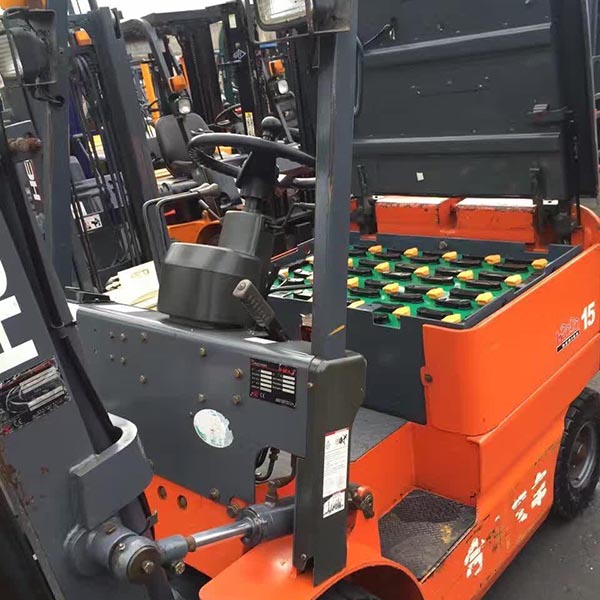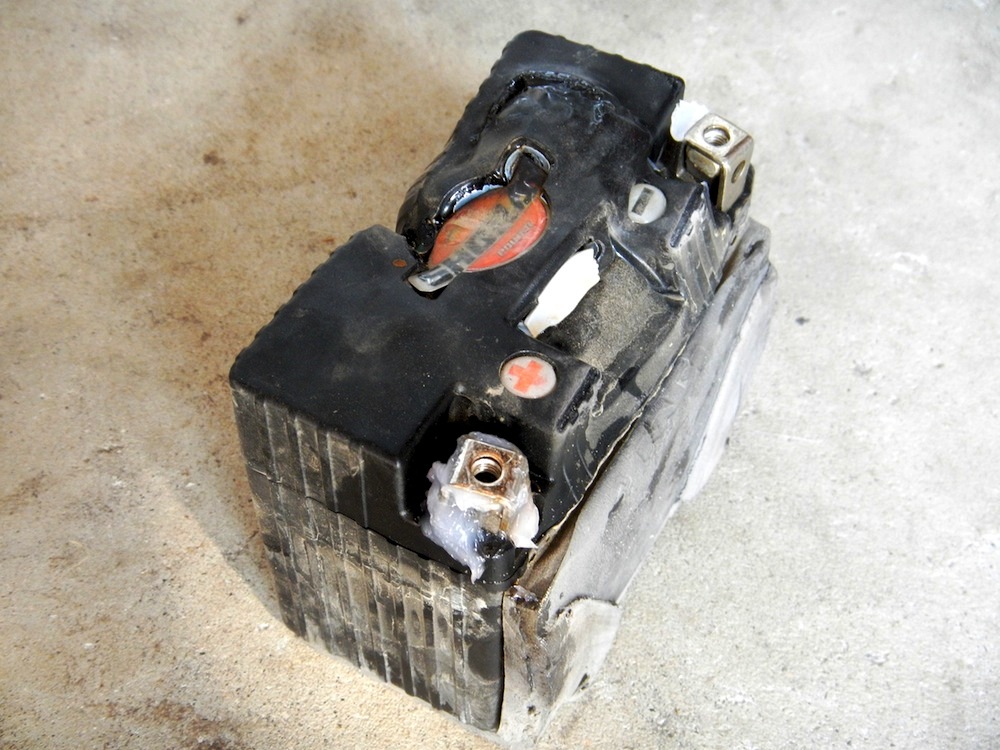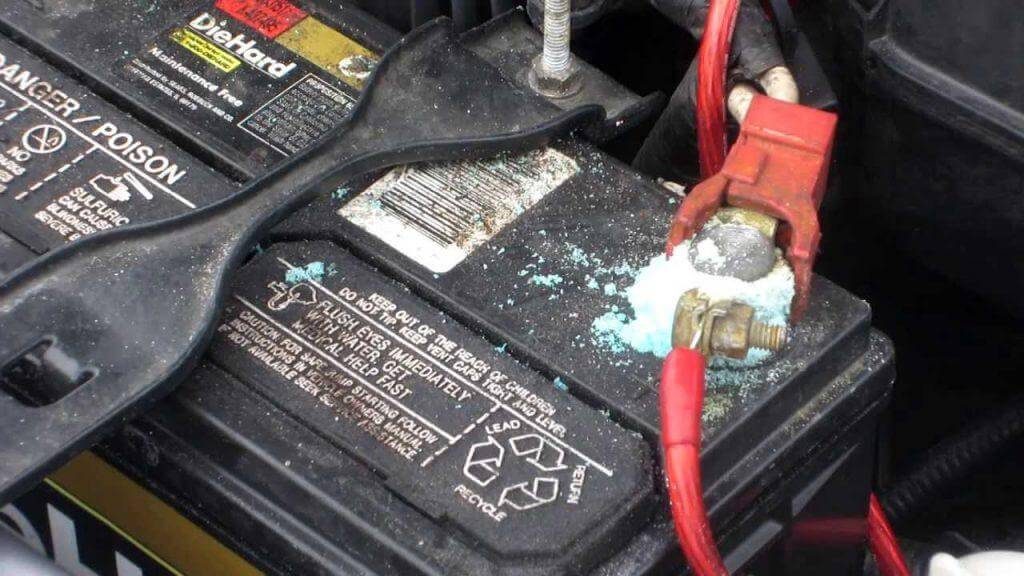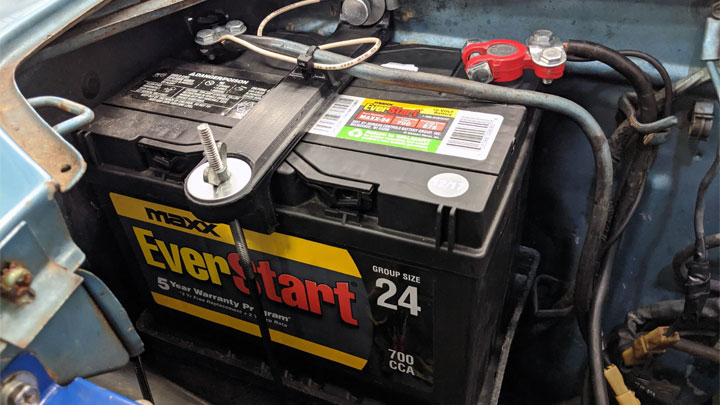Author: Wangxu
Source: <Agricultural Machinery Use and Maintenance> Issue 03, 2018
Summary: The service life of batteries is often shortened due to improper use and maintenance. The main factors affecting the service life of batteries are mechanical damage, incorrect use and maintenance, and electrolyte that do not meet standards. These factors are analyzed.
Key words: battery ; use and maintenance; cautions
Chinese Library Classification Number: U262.44 Document code: A
doi:10.14031/j.cnki.njwx.2018.03.021
Batteries are one of the important components of the electrical system of tractors, automobiles, and combine harvesters, which directly affect the performance of vehicles. If used properly, its life span can reach 3 to 4 years; if used improperly, it may be scrapped in a year or even a few months. There are many factors that affect the battery life,Mainly have the following aspects:
1.Mechanical damage
(1)The connection part is broken. The main reason: Hitting the battery with a hard object.Because of long-term neglect of maintenance, it often happens that the wire clamping bolt cannot be screwed or the wire and the pole cannot be fastened due to the gap.Drivers often use a hammer or wrench to knock down the wire card to tighten it; or add an iron piece to the gap between the wire clip and the pole to make it fasten. This kind of rough maintenance is easy to cause:① Cracks between pole pile and horizontal plate, horizontal plate and pole plate. Large cracks can result in open circuit easily. Smaller cracks increase the resistance, and the battery cannot be discharged normally.②The pole pile, bushing and battery cover are loose.Electrolyte flows out or overflows from loose places.The outflow of electrolyte not only reduces the height of the liquid level, but also aggravates the degree of corrosion of various components.

In order to prevent the above-mentioned hazards, the battery should be maintained frequently, the surface dirt should be removed, the acid contaminated on the wires, wire clips and fastening screws should be washed with boiling water or alkaline water, and the pole posts and joint parts should be cleaned with a cloth.Grease the fastening screws during installation, and wrap them with plastic cloth after fastening. Before installing the wire clip on the pole pile, clean the corroded layer around the pole pile and the rusty layer of the inner ring of the wire clip; select the appropriate wire card according to the diameter of the pole pile, and make the inner ring of the wire card and the pole pile The outer circle fits tightly. There should be a proper gap at the opening of the wire clip to ensure that the wire clip is firmly combined with the pole post when the screw is tightened, and has good conductivity.
(2)Cracking of shell and sealing material. Agricultural vehicles such as tractors are often in a bumpy state during driving. If the battery is not installed firmly, it is very easy to cause the battery to fall off or be damaged. In recent years, the plastic shells produced have thinner walls and cracks are more common. In order to solve this problem, when installing the battery, rubber cushions or wooden blocks should be added to the bottom and sides of the battery, and then fixed firmly as required. Most of the cracking of the sealing material is caused by the aging of the rubber due to the surface impregnated oil. Therefore, the surface of the battery should be wiped frequently to keep it clean.

2.Incorrect use and maintenance
(1)The startup time is too long and the frequency is too high. When the engine cannot be started smoothly, some drivers often do not look for the cause but force it to start continuously for a long time. This operating method of continuously discharging the battery in a large amount in a short time has a great impact on the life of the battery. Too long a start-up time will cause the battery plate to overheat, and the active material will undergo a sudden and uneven volume change, causing the plate to warp and the active material to fall off. The start-up time interval is too short, and the electrolyte does not penetrate into the electrode plate enough, causing the battery to temporarily lose power. It can be seen that too long start-up time and over-frequency will quickly reduce the output capacity of the battery and cause serious damage.
The correct starting method should be that the starting time should not exceed 5 s each time, and the two starts should rest for 2 minutes before starting. If the engine still fails to catch fire after starting three consecutive times, the cause should be found out and the fault should be eliminated before starting.
(2)The electrolyte level is too low. If the height of the electrolyte level is too low, the battery capacity will be reduced, and the electrode plate exposed to the liquid level will be oxidized, causing the electrode plate to be vulcanized, reducing the battery capacity and increasing the internal resistance. For this reason, it is necessary to check the electrolyte level frequently, generally 3-4 days in summer and 5-6 days in winter, the liquid level should be 10-15 mm higher than the electrode plate. When the liquid level drops normally, distilled water should be added. If the electrode plate has been vulcanized, put the vulcanized electrode plate into 5% alkaline water, soak for 20-30 minutes, take it out and wash it with distilled water, and put it back into the battery case together with the separator, and change to a suitable specific gravity The electrolyte is charged according to the supplementary charging method. The capacity of the battery after this method is repaired is reduced compared to the original. Therefore, this method can only be applied when the plate is severely vulcanized.
(3)The voltage value of the regulator does not meet the standard. The voltage value of the regulator is too high or too low will have an adverse effect on the battery. If the voltage regulation value is too high, it will cause the generator output voltage higher than the battery voltage, and the charging current will be too large, causing the active material of the plate to loosen and fall off; If it is too low, the charging current will be less and the battery will be undercharged. In use, you should always check whether the regulator’s pressure regulation value meets the standard. If it is not correct, you should adjust it immediately. The adjustment method is: ① If there is a test bench or special instrument, the voltage regulator can be adjusted directly to keep the voltage regulation value between 13.8 and 14.8 V. ②If there is no equipment, it can be debugged step by step on the car. First make the engine in normal operation state, and make the electrical components reach the corresponding working temperature; start the generator 2 to 3 times continuously, so that the battery is temporarily in a state of power loss; turn on the front and rear headlights and observe the reading of the ammeter; 150 W generator locomotive The pointer of the ammeter should point to “0” or a slight charging current; the pointer of the ammeter of the 220 W generator locomotive should point to 2 to 3 A. If the current value indicated by the pointer is less than the above value, the voltage is low; if the value is greater than the above value, the voltage is high. Adjust the spring force so that the current reaches the corresponding value, and the voltage from the generator can be restored to between 13.8 and 14.8 V.
(4)The top of the battery is dirty. These dirts have a certain degree of conductivity. When the generator is charging the battery, the positive and negative electrodes of the battery will also discharge by themselves through the dirt. The longer the generator stops working, the more power loss will be. The battery power is seriously insufficient during use, so the driver should often clear the battery. Dirt and dust on the top. Clean the battery with alkaline water or ammonia water every 10 days or so, and then rinse with boiling water to dry it to prevent the battery from discharging on its own.

3.The electrolyte does not meet the standard
(1)There are impurities in the electrolyte. Impurities in the electrolyte often come from two aspects: ①The sulfuric acid and distilled water used to prepare the electrolyte contain impurities. ②The container for holding or filling the electrolyte is not clean or sealed.
(2) The electrolyte proportion is not standard. The specific gravity of the electrolyte has a greater impact on the performance and life of the battery. The specific gravity of the electrolyte is generally 1.240 to 1.310. If the specific gravity is too large, the active material on the surface of the plate will react violently and shorten its service life; if the specific gravity is too small, the battery voltage and capacity will decrease.

